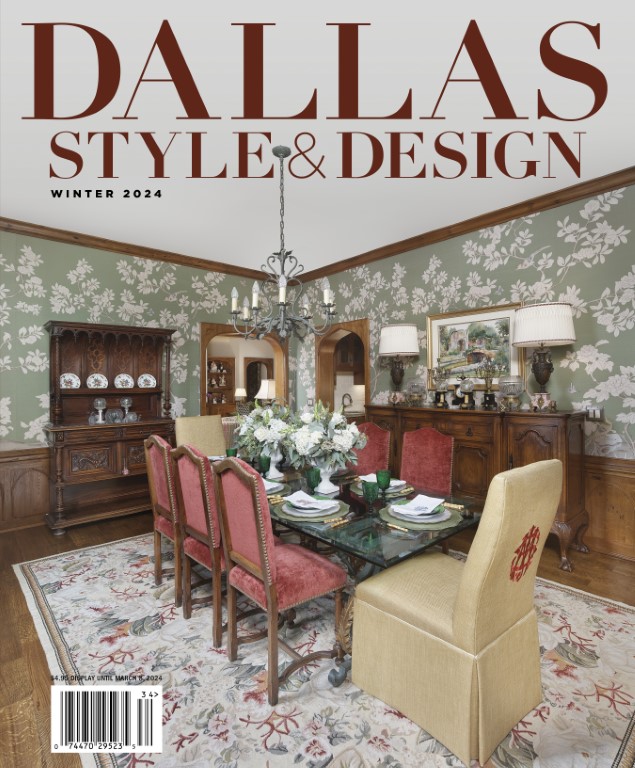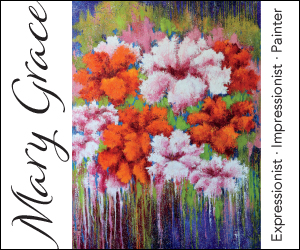There is a simple beauty in taking something old and transforming it into something new. This is the foundation on which William Hall develops each of his unique and intricate art pieces. To some, cement is nothing but the material that paves our sidewalks and builds our homes, but to Hall, cement is an art medium that has the potential to become something beautiful.
With his archaic focus on and utilization of both sculpting and painting, Hall is able to achieve pieces that are organic and natural in design. “I investigate the primordial appeal of fossils, sedimentary stone, erosion, and marks made by insects and their structures,” Hall explains. “Much of my technique is designed to mimic natural occurrences and processes.”
Although Hall has always worked in the art field, it wasn’t until 1999 that he made the shift from traditional art materials to the natural elements he uses in his work today. It was during that year that Hall discovered the versatility of cement as he was working on the construction of his home in Cedar Hill, Texas. “It revealed textures, colors and surfaces that I had never seen before,” Hall marvels. “Inspired, I incorporated it into my art, and my work became an exciting adventure. I could experiment, break new ground and trust my instincts once again.”
Ever since his discovery, Hall’s business has grown and changed, and the reach of his work has spread like wildfire. Although he used to focus on commercial illustration, where he would know what the end product would look like prior to beginning, Hall has now switched to a more spontaneous construction of his pieces. “Now my work more or less determines its own outcome, and I get to share in the excitement, anticipation and, often, surprise at the finished piece,” Hall says.
These natural pieces come together through a detailed process of layering, carving and staining that Hall refers to as “relief painting.” He explains how this process differs from others by working backward to arrive at the final product: “I work in reverse, where the first application of medium will appear on the surface of the finished piece instead of being obscured by subsequent layers, as happens in traditional painting.”
 These layers begin with a coat of wax, which is laid across a sheet of glass and is then carved to create various textures. Then, cement is poured into a wooden form over this foundation. After curing, it is removed from the glass and the staining and polishing begins.
These layers begin with a coat of wax, which is laid across a sheet of glass and is then carved to create various textures. Then, cement is poured into a wooden form over this foundation. After curing, it is removed from the glass and the staining and polishing begins.
When the process is complete, the finished slab, usually only around a half-inch thick, is mounted on a rigid foam panel, light enough to hang on a wall with ease. Hall also takes pride in the fact that his pieces are durable, and he encourages viewers to touch the finished products and experience the surfaces, which is highly uncommon when it comes to artwork.
Praise for Hall’s artwork is widespread. He is a founding member of the 500-X Gallery in Dallas, has had 60-plus group and one-man exhibits nationwide, and he was recently awarded a fellowship by Peripheral Vision Arts.
Above all, Hall expresses gratitude for the life that his work has allowed him to have. Being able to pursue one’s passions and make money doing it is everyone’s dream, and Hall’s extraordinary talent allows him to do this full time. “I think that the most amazing thing to me is that, with the help and unbelievable support of my wife, Anita, we have been able to raise two healthy, happy and well-adjusted sons, pay off our first house and then build our dream home,” says Hall.
It takes a special eye to see a material like cement and discover its potential beyond its intended use. Hall’s unique sensibility combined with his appreciation of nature has allowed him to take something mundane and create something remarkable, in a truly groundbreaking way.
Emma Burleigh is a part-time freelance writer living in College Station, Texas.

















